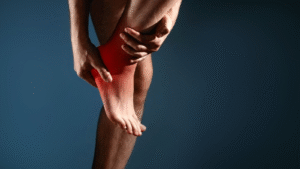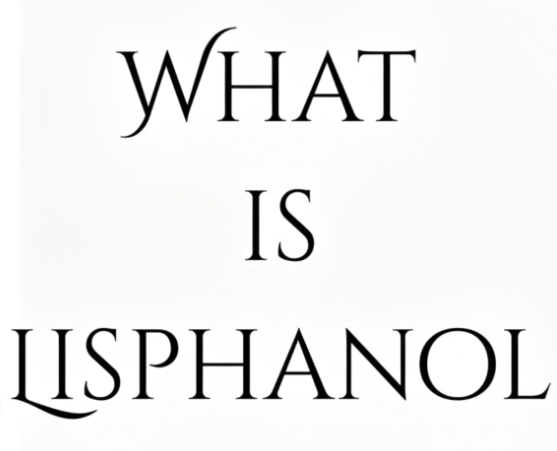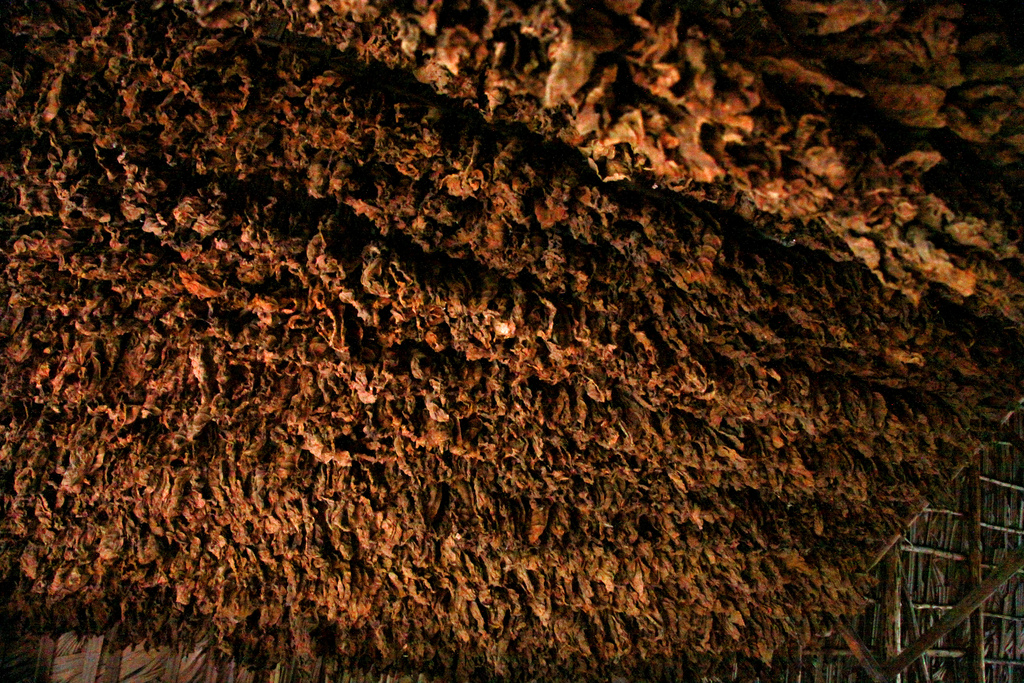Stress on the foot, in the form of plantar fasciitis, is a frequent and often disabling condition that affects mobility and quality of life. Characterised by piercing heel pain, it results from inflammation of the thick band of tissue on the sole. Relieved by rest, ice, and orthotics, many seek complementary therapy as a broader resolution.
Acupuncture, which was first practised back in Traditional Chinese Medicine (TCM), is more and more appreciated for its capacity to cure musculoskeletal pain. This article explains the specific reasons why plantar fasciitis acupuncture is a powerful treatment to ease foot stress and enable healing.
Triggers Natural Pain-Curing Endorphins
One of the primary ways through which acupuncture eases foot stress is by triggering the body’s natural painkillers. The precise penetration of fine needles in specific spots on the body and foot leads to the release of endorphins and enkephalins by the nervous system. They are natural opioids with the ability to prevent pain signals from reaching the brain, which leads to significant analgesia.
The biochemical response is a drug-free mechanism of pain management, reducing the intake of anti-inflammatory drugs. For the victims of the nagging pain of plantar fasciitis, this release of endorphins can be immediate and long-lasting relief.
Relaxes Muscles and Releases Tension
Repeated stress on the foot may cause excessive tension and spasm of the calf and foot muscles, such as the gastrocnemius and soleus. This spasm causes tension on the plantar fascia. Acupuncture needles are applied to these hypertonic (spastic) muscles, which induce a ‘twitch response’ to teach the muscle to relax and let go.
This activity, deqi or needle catch, reduces muscle spasms and eliminates the ongoing tension at the heel attachment point. By relaxing the entire musculoskeletal chain of the lower leg, acupuncture directly reduces the mechanical tension in the plantar fascia.
Supplements Other Therapy Modalities
One of the greatest advantages of acupuncture is that it can be combined with other treatment modalities very effectively. It has no problem being used with a more diverse approach that also includes stretching, physiotherapy, orthotics, and rest.
Acupuncture is capable of complementing the effectiveness of these other techniques by knocking down pain to a level where patients can perform given stretches and strengthening exercises more comfortably. This synergistic approach accelerates recovery, providing a multi-dimensional counter against the complex nature of plantar fasciitis and chronic foot stress.
Enhances Regional Blood Flow
Poor circulation can slow down the repair of damaged tissues. Particularly sensitive to this is the plantar fascia, which is a moderately poorly perfused tissue. By stimulating a vasodilatory reaction at the needle insertion location, acupuncture instantly counters this. This causes blood vessels to dilate, hence boosting the quantity of blood reaching the arch and heel of the foot.
Good circulation guarantees an ongoing supply of healing nutrients and supports the elimination of metabolic waste products responsible for pain and inflammation. Healing the microtears typical in plantar fasciitis depends on this increased vascular activity.
Regulates the Nervous System’s Stress Response
Physical and emotional stress mostly result from chronic pain, which can make the sensation of pain more intense via a sensitised nervous system. The body’s stress reaction is much calmed by acupuncture. It affects the autonomic nervous system, usually changing from the sympathetic fight or flight posture to the parasympathetic rest and digest condition. Lowering system stress lowers cortisol levels, lessens general muscle tension, and might raise pain threshold values. This worldwide control helps the body to manage pain more effectively and fosters a healing friendliness.
Offers a Whole Healing Approach
TCM sees plantar fasciitis as a result of more general patterns of imbalance, unlike therapies that only target the painful region, which can include a deficiency of Qi (life energy) or dampness accumulation. Usually, in combination with distal points on the body, such as the hands or legs, a trained practitioner will treat local points on the foot. To rectify such tendencies.
This holistic approach aims to tighten the whole body, boost energy flow, and fix the systemic issues that could be triggering weakness and inflammation, promoting more sustainable and whole healing in the foot.
Conclusion
It brings a scientific research-based and multidimensional approach to the treatment of plantar stress. Its mechanism runs from the innate trigger of analgesia or pain relief and anti-inflammation, muscle relaxation, enhanced blood flow, to the calming of the nervous system.
The ancient remedy provides a holistic path to healing through the local pain of the plantar fascia itself, local pain, and systemic imbalances that may be perpetuating it from having. For people looking for an effective non-pharmacological complementary treatment for this condition, plantar fasciitis is, indeed, a very viable option for reducing pain, restoring function, and promoting long-term relief. Acupuncture has all of this.


